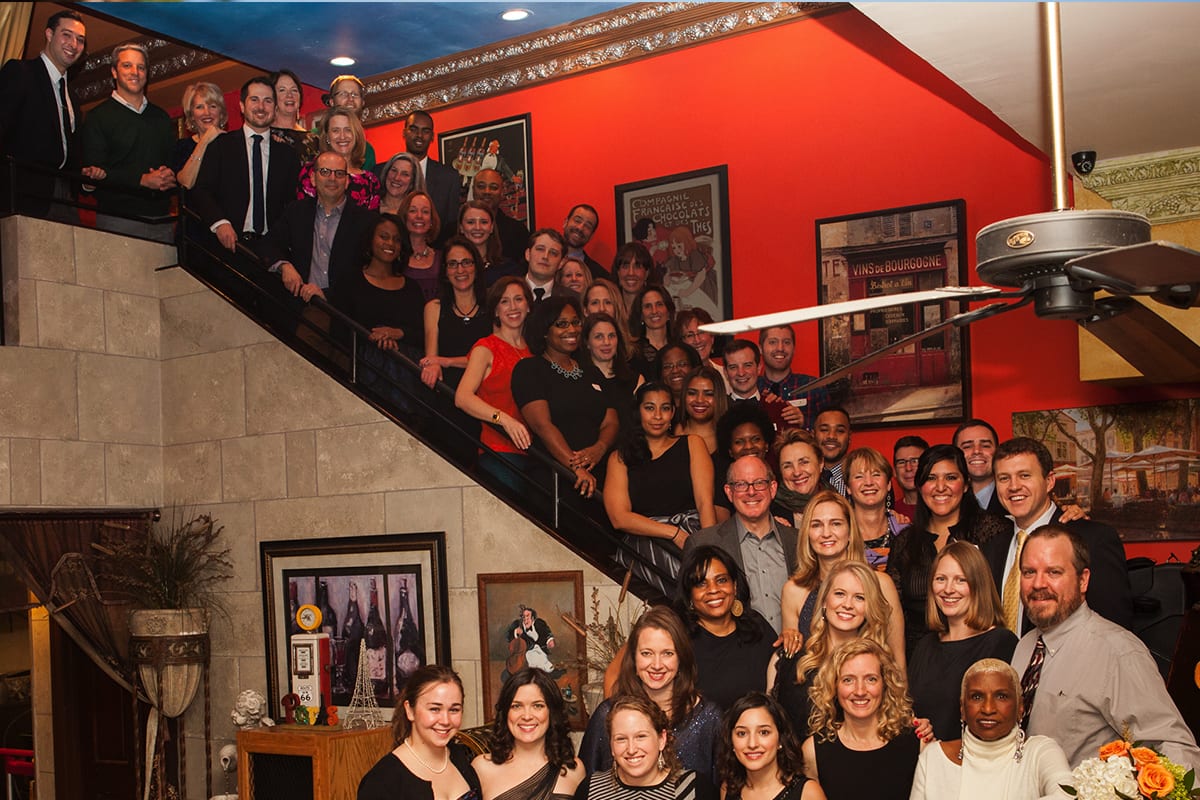Ten Rules for a Kinder Workplace
By Andy Burness, April 2, 2015

Nearly 30 years ago, I created a company with me as the only employee. The idea was to take little-known ideas that can benefit humanity and develop public relations plans for scaling them up. Since then, Burness has helped its clients protect the Amazon rainforest, fight hunger and childhood obesity, advocate for progressive health reform, promote agricultural research for African families, and showcase innovation in community colleges. Along the way, we have grown to more than 60 employees, but with virtually no turnover in the senior ranks. Part of the reason is the emphasis we place on fostering an exceptional work environment.
On four occasions we have been named one of the “best places to work” in the Washington, D.C., region by either The Washington Post (No. 8 in the 2014 ranking) or Washingtonian. I like to think it’s because we walk our talk. Borrowing from David Letterman, here is our top 10 list for how to build employee engagement while retaining and growing satisfied clients:
10. It starts and ends with values. Few people at Burness would see themselves as “working in PR.” They are driven instead by a higher purpose, which we define as “empowering people with information to improve the human condition and advance social change.” If this company closed down tomorrow, I would be surprised if any would stay in the field with a traditional, take-any-client PR firm. They would seek jobs at global NGOs, think tanks, universities, foundations or advocacy groups grounded in scholarship or activism of some kind.
9. It’s not about the money. No one wants to be underpaid, which is why we try to err on the side of generosity. But money is just one element in recruiting and retaining exceptional employees. People also need to feel valued, challenged and appreciated.
8. Anticipate. Don’t wait to be asked. When employees go on maternity leave, work seven straight days on an international trip or outgrow their positions, pay attention to their needs and initiate appropriate action. Slow reaction time leads employees to question their value and provides an excuse for disgruntled behavior.
To read the rest of the rules, check out “Ten Rules for a Kinder Workplace”, originally featured on the University of Maryland’s Robert H. Smith School of Business’s website.